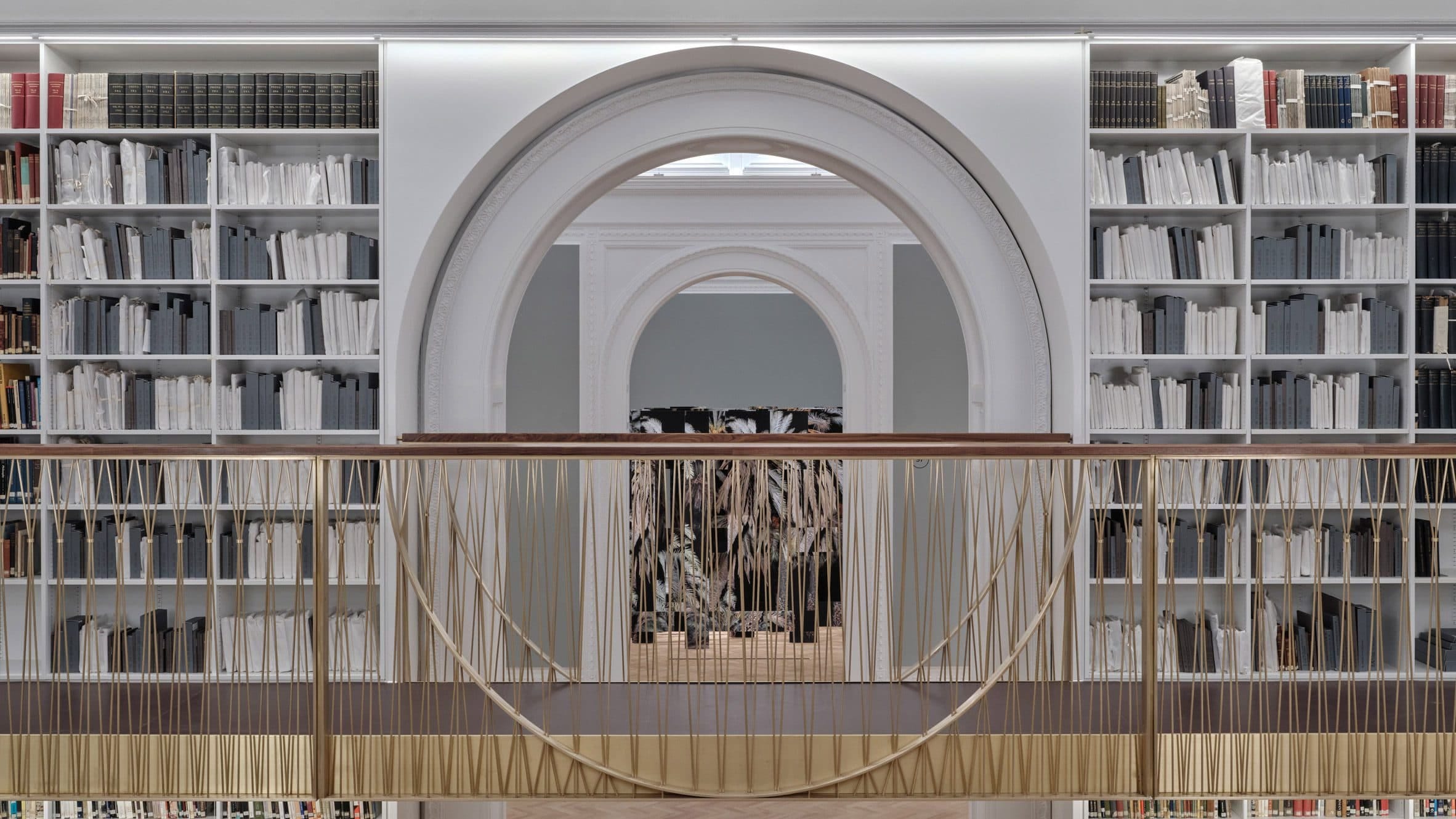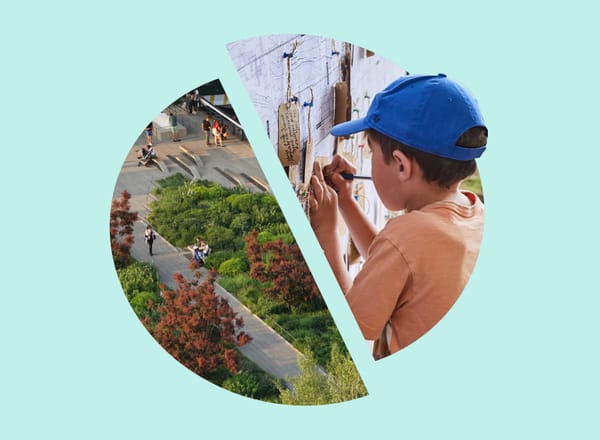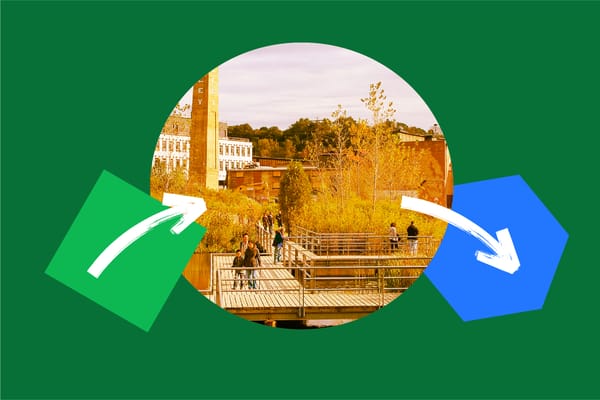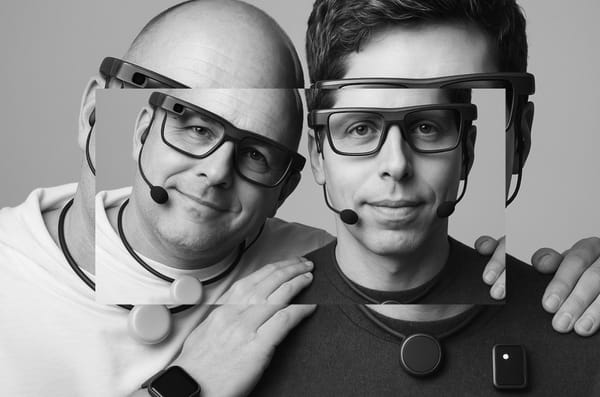Present Tense
On continuity and change at art museums

Hi everyone,
On June 7, 2022, the Philadelphia Museum of Art announced Sasha Suda, then the executive director of the National Gallery of Canada, as its new leader. On June 7, 2023, the National Gallery ended a tumultuous year by appointing Jean-François Bélisle as Suda’s successor. As the article reporting on his hiring in Toronto’s Globe and Mail put it, he “inherits tricky politics”: filling key staff positions and deciding how to extend or alter the 2021 strategic plan are high on his agenda. I’ll be watching with interest as Bélisle balances continuity and change, which is challenging even at the best of times. My friends’ and colleagues’ many positive encounters with him give me confidence that he’ll help stabilize the country’s premier visual-arts institution.
But stabilization does not have to mean stasis. This year, three important London museums have shown that significant change can be achieved without having to add a new building or wing—and, in the process, have revealed the different forms “tricky politics” can take.
The most thorough reorganization has taken place at the National Portrait Gallery, which last week reopened after a three-year closure. Its director since 2015, Nicholas Cullinan, tapped architect Jamie Fobert to make better sense of its heritage-listed building located on Trafalgar Square, adjacent to (England’s) National Gallery. Fobert and his partners’ work is the most notable—and most commented-upon—aspect of the NPG refresh, but Cullinan’s efforts also entailed a re-hang of the permanent collection, a new visual identity and website, a redesigned museum shop, new front doors featuring portraits by celebrated artist Tracey Emin, and new, sustainably sourced uniforms for the front-of-house staff.
As one journalist noted, Fobert found ten-thousand square feet worth of “spaces that were being used inefficiently, rooms that had been lost to storage, and former galleries that became disused without adequate climate control.” His team’s efforts, then, entailed making better sense of that messy, haphazardly built-up interior. The biggest gesture is moving the entrance and creating a new forecourt that welcomes visitors off Charing Cross Road, giving the NPG a greater sense of independence from the National Gallery and visitors a clear path into the museum’s galleries. Otherwise, writes critic Rowan Moore, “there’s a general determination to open spaces up, to let them breathe, to give a sense of connection with the outside.”
From a distance, it seems the National Portrait Gallery’s efforts have been warmly received. With The British Museum set to spend about £1 billion on its own renovation and many other capital campaigns easily surpassing nine figures, it’s commendable that the NPG managed this much positive impact on a budget of about $53 million. But even raising that amount wasn’t easy: “The funding model for British museums is changing,” Cullinan said recently. “We’re definitely having to become a lot better at fund-raising.” As in Canada, British government funding for the arts has not kept up with inflation—indeed, for many institutions, it has been cut. This is often leading to American-style fundraising, with museums “becoming increasingly reliant on philanthropy to cover day-to-day running costs, let alone major projects.” (And, of course, that model has its own “tricky politics,” as the controversy over the Sackler family’s philanthropic “reputation laundering” makes plain.)
A short walk south, at Tate Britain, director Alex Farquharson and his staff have recently unveiled their rehang of the museum’s collection, their story of Britain told through art. This is the most resonant way to put existing resources to use in revitalizing an institution; New York’s Museum of Modern Art did this in 2000 and again in 2019. And, predictably, conservative critics—see here, here, and here—have lambasted the Farquharson team’s effort (as they did former director Penelope Curtis’s, in 2013).
I take criticism that accuses an institution of “quota-ticking,” of “try[ing] to pretend it still matters,” or of not “really know[ing] if it’s relevant to anyone anymore” with a grain—no, a block—of salt. It’s the braying of asses. Far more interesting are the critics, like Emily LaBarge, who assess such major efforts on their own terms; ask important, open-ended questions; and give us a better sense of what Tate Britain is now like as an experience. As she writes:
In several rooms, contemporary artworks have been curated to highlight histories otherwise invisible within the collection. While some are unfortunately a little on the nose … others afford artful levity and insouciance, even when pointing to matters of hardship and suffering. […] For me, the most profound moments with the collection were found in quiet configurations of works with tantalizing connections at once cultural, aesthetic, and biographical.

An hour’s stroll west brings you to the V&A museum, which recently completed the overhaul of its photography center, a project first unveiled in 2018. The center’s reorganization was prompted, in part, by the museum acquiring twenty-two truck loads of photographic objects when it absorbed the Royal Photographic Society’s collection in 2017; the V&A now cares for eight hundred thousand photographic objects and twenty thousand photography books. Working first with David Kohn Architects and then with Gibson Thornley Architects, the V&A has done something similar to the NPG: smartly rearranged existing spaces to give coherence and focus to its presentations.
Its own rehang jumbles the history of photography, favoring thematic connections over chronology, yet it has been more warmly received. Jackie Wullschläger, who accused Tate Britain of “quota-ticking,” may have just been upset about that museum’s uses of paintings and sculpture. As she writes, “photography is rooted in processes of social change; from now on the V&A will be able to show how it evolves to mirror the world in ever more complex ways.” And while “tricky politics” with a capital P hasn’t seemed a flashpoint at the V&A, I can’t help but note its inclusion of a walk-in camera obscura, which allows visitors in a darkened room to see, upside down, those standing in a bright adjacent space. This seems (again from a distance) like a concession to the kinds of “experience economy” installations that have controversially swept through art museums over the past decade.
Including a camera obscura is educational and almost certainly benign, but it shows how every decision at public institutions is subject to scrutiny and, well, complaint. But I also hope that Bélisle and his staff in Ottawa take inspiration from these and other peer institutions and recognize that opportunities to galvanize progress likely lie within the National Gallery’s own walls. I’m excited to discover what their efforts show us about the museum—and, in turn, about ourselves.
Love all ways,
Brian
🔗 Good Links
- 📻 I’m reading Hua Hsu’s wonderful memoir Stay True. I recommend it, as well as his recent Triple Canopy lecture and appearance on the Longform podcast
- 📚 Ethical Book Search (via Brendan Schlegel)
- ⛈️ Where do weather apps get their data? (via Om Malik)
- 🌼 Wildflowers.garden (via Rachael Yaeger)





